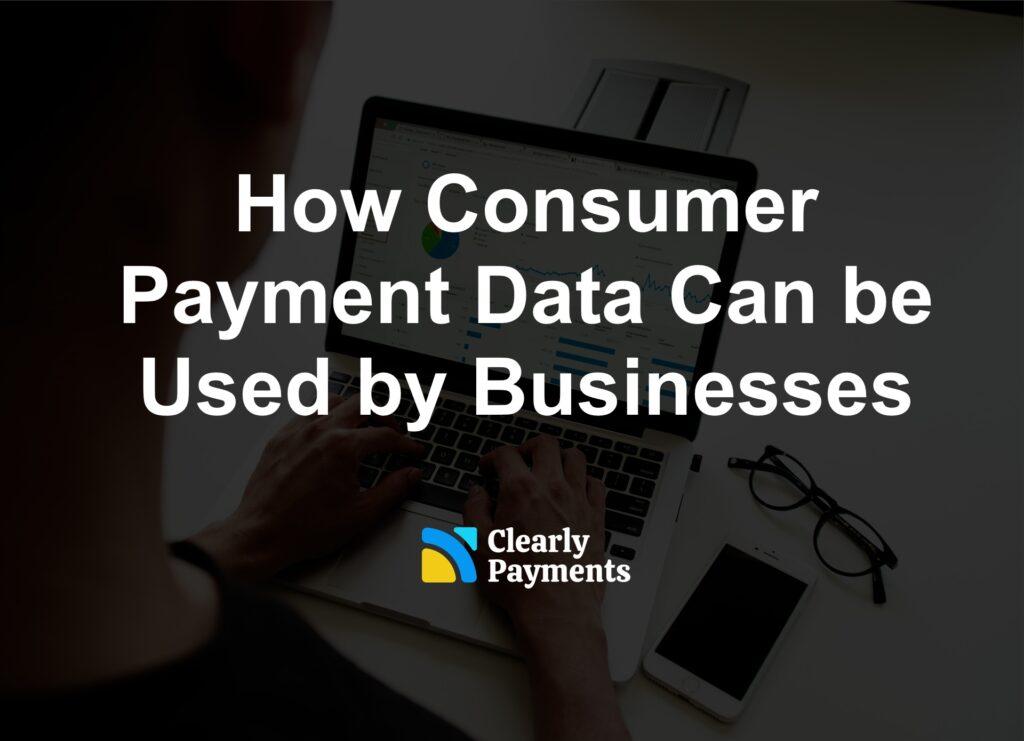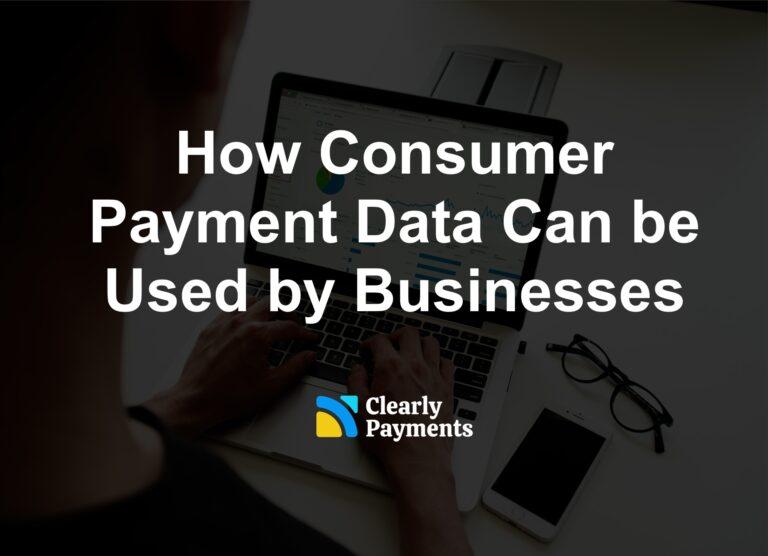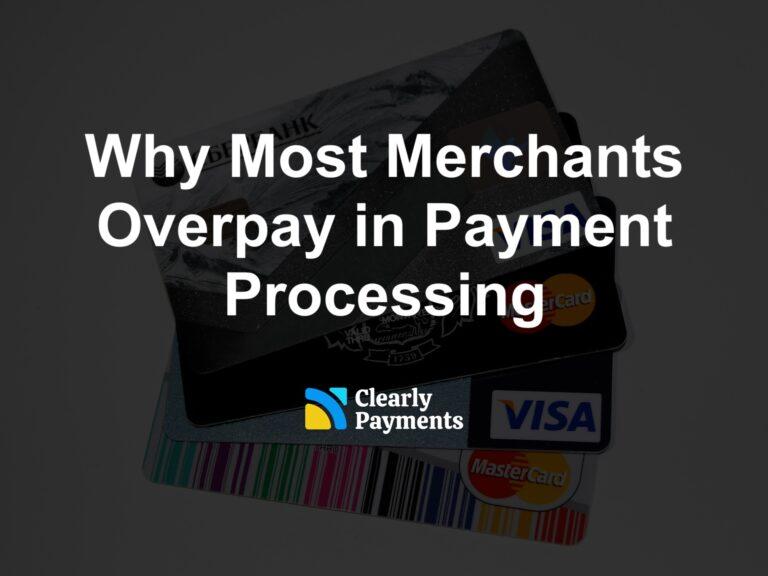Consumer payment data has become a valuable asset for businesses. Consumer data, primarily gathered from credit card transactions, offers information that can help businesses enhance their operations, understand customer behavior, and ultimately increase their profitability. Businesses that use data-driven marketing strategies can see a 5-8 times return on investment (ROI).
This article explores how merchants can effectively utilize consumer payment data, highlighting key statistics and facts to illustrate its importance.
Understanding Consumer Payment Data
Consumer payment data includes all the information related to transactions made by customers using credit cards. This data encompasses various details such as the amount spent, the type of products or services purchased, the time and date of the transaction, and the customer’s location. Additionally, it can include demographic information like age, gender, and income level, depending on the data collection methods used.
Here is a list of the types of data typically used by merchants from consumer payment data, particularly from credit card transactions:
Transaction Amount
- The total value of the purchase.
Transaction Date and Time
- The specific date and time when the transaction occurred.
Purchase Location
- The geographical location or store where the purchase was made.
Product or Service Information
- Details about the items or services purchased, including product category, SKU, and quantity.
Customer Demographics (if available)
- Information about the customer, such as age, gender, and income level.
Payment Method
- Details about the payment method used, such as the type of credit card (Visa, MasterCard, etc.), and whether it was a debit or credit transaction.
Loyalty Program Data
- Information about customer loyalty program membership, points earned, and rewards redeemed.
Purchase Frequency
- Data on how often a customer makes purchases.
Customer Preferences
- Insights into preferred products, brands, or categories based on purchase history.
Average Transaction Value (ATV)
- The average amount spent per transaction by a customer.
Shopping Behavior
- Patterns in shopping habits, such as time of day when purchases are made, or whether purchases are made online or in-store.
Customer Feedback and Reviews
- Any feedback or reviews provided by customers related to their purchases.
Device Information (for online transactions)
- Information about the device used for the transaction, such as type (mobile, desktop), operating system, and browser.
Return and Refund Data
- Information about returned items, reasons for returns, and refund amounts.
Promotional Code Usage
- Data on the use of promotional codes or discounts applied during the purchase.
Enhancing Customer Experience
One of the primary ways merchants can use consumer payment data is by enhancing the customer experience. By analyzing this data, businesses can gain insights into consumer preferences and purchasing habits.
For example, if a significant portion of customers frequently purchases a specific product, the merchant can ensure this item is always in stock or even offer related products.
According to a study by McKinsey & Company, 71% of consumers expect personalized interactions with businesses, and using payment data can help merchants meet these expectations.
Targeted Marketing and Promotions
Consumer payment data is also crucial for targeted marketing and promotions. By understanding the spending habits of different customer segments, merchants can tailor their marketing efforts to specific groups.
For instance, if the data shows that young adults frequently purchase electronics, a merchant could create targeted advertisements or special promotions for this demographic. According to Experian, businesses that use data-driven marketing strategies can see a 5-8 times return on investment (ROI).
Inventory Management
Effective inventory management is another area where consumer payment data can be invaluable. By analyzing sales patterns and trends, merchants can predict which products are likely to sell well and adjust their inventory levels accordingly. This not only helps in avoiding stockouts of popular items but also reduces the costs associated with overstocking less popular products.
A report from the National Retail Federation (NRF) found that 70% of retailers believe predictive analytics, which often uses consumer payment data, is essential for effective inventory management.
Fraud Detection and Prevention
Consumer payment data also plays a critical role in fraud detection and prevention. By monitoring transaction patterns, merchants can identify unusual activity that may indicate fraudulent behavior.
For example, a sudden surge in high-value transactions from a single customer could be a red flag. According to Javelin Strategy & Research, in 2020, the total amount of identity fraud reached $56 billion, highlighting the importance of robust fraud detection measures.
Customer Loyalty Programs
Customer loyalty programs are a popular strategy among merchants, and consumer payment data can significantly enhance their effectiveness. By analyzing spending habits, merchants can identify loyal customers and reward them with discounts, special offers, or exclusive access to new products. This not only encourages repeat business but also helps in building long-term relationships with customers. According to a study by Bond Brand Loyalty, 79% of consumers are more likely to continue doing business with a company that has a loyalty program.
Price Optimization
Merchants can also use consumer payment data for price optimization. By analyzing how different customer segments respond to price changes, businesses can set prices that maximize sales and profits.
For example, if data shows that a certain product is highly popular among price-sensitive customers, the merchant might offer discounts or bundle deals to attract more buyers. According to a report by McKinsey & Company, companies that implement effective price optimization strategies can see profit increases of up to 4%.




